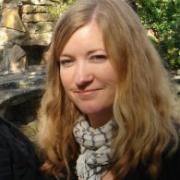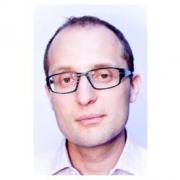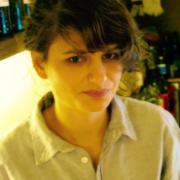Orchestrating profound object-based learning
Museums are jam-packed with objects and artefacts with scientific significance and have a long tradition of making these objects relevant to visitors. In this session, we dig deeper into object-based education practices.
First, we present state-of-the-art examples of planning and evaluating object-based science learning in museums. Then, we engage participants in identifying how to make the transition from ‘Show and Tell’ to more profound object-based learning situations in which objects are actively integrated into the learning environment, and where visitors are empowered to engage in inquiry with them. The discussion will specifically target the role of objects in the acquisition and dissemination of subject-specific knowledge, and the potential of objects to promote cross-disciplinary skills like observational, practical and other transferable skills.
Facilitator
Department of Science Education, University of Copenhagen
Session speakers
Skoletjenesten, Knowlegde center for out-of-school learning
Our education programmes are based on an authentic representation of the objects from our collections and the research methods employed by our researchers. We will share our educational insights about the careful selection of objects from the collections as well as the staging of these objects in activities that involve fundamental scientific methods of observing, measuring and describing. We will discuss how these carefully scaffolded activities lead learners to find answers to their own questions, thereby gaining structured knowledge about the world around them.
The educational vision of Naturalis, the 'Big Five of Education', heralds getting people in contact with real/authentic objects as a key factor in visitor learning and fascination. This is closely related to object-based learning. We combine real objects with real people (the scientists) and real stories to make people curious and inquisitive. I will share what we learned from our exhibitions ‘T.rex in Town’ and ‘Poison’, based on research carried out with University of Leiden and our experiences.
Assistant professor informal science education
Although we all agree that providing visitors with encounters and interactions with real objects, not a lot of empirical research has been done about authentic objects and the effects on visitor experiences. At Leiden University, together with Naturalis, we have studied children's perceptions of real objects versus replicas. We found that they look further than just physical features and appreciate the underlying history of the objects. Including these histories in exhibitions and activities may increase children's appreciation for authentic objects.
How does authenticity affect science centres? We don't have collections as such, but hold high levels of trust from our audiences. In We The Curious we are planning a large ground floor redevelopment and as part of that we must consider the authenticity of objects, the data we display and use, the stories we choose to tell and why we chose them.
The majority of the Copernicus Science Centre exhibits are designed to encourage experimenting. This allows visitors to better understand various natural phenomena, which is the critical goal of the design process. Taking as an example the exhibition “Look Earth” in The Heavens of Copernicus Planetarium, we will discuss how providing real objects (in this case - meteorites) enriches visitors' experience. We will share research findings on the importance of these objects in improving understanding of concepts and ideas, as well as the role of explainers and facilitators in integrating them into the exhibition space.






